Behringer reveals the Clocked Sequential Control Module 1027 for their 2500 series
The Behringer 2500 series modules now have a sequencer based on the vintage ARP 2500 Clocked Sequential Control Module 1027.
Clocked Sequential Control
This is quite an interesting sequencer. While it is fairly basic by today’s standards you have plenty of things going on per step to make for some engrossing patching.
The original ARP 1027 has 10-steps which was maybe too unique for the Behringer version designed by Rob Keeble of AMSynths. The Behringer 1027 has a much more musically friendly 8 steps which was probably a good if inauthentic decision.
The array of knobs looks quite fabulous but also a bit overwhelming. What you have here is 8 steps or “positions” that go from top to bottom following the LEDs on the left. Then you have 3 groups of 8 knobs where each group can generate its own voltage per step. So it’s like having 3 parallel 8-step sequencers. So you could run three different tunes, or a single tune with per-step modulations.
The Position Gates on the right send out a Gate on each step and you could patch one of these into the Reset input to shorten the sequence.
The 1027 has its own clock, an On/Off button that can be CV controlled and an adjustable Pulse Width output.
The Behringer website says that the 1027 can be used to control other 2500 series modules including the 1026 Presets Voltages or 1050 Mix Sequencer modules neither of which we’ve seen yet. I guess we should expect those soon. They also mention how they could be connected on the back of the PCB. There’s this from the Quick Start Guide:
These 8 gate output signals are also available via the 12-pin GATE OUT LINK CONNECTOR located on the module underside. This 12-pin connector can connect to and trigger other compatible modules, such as the MIX-SEQUENCER MODULE 1050, via a 12-pin ribbon connector.
It will be interesting to see how all that works!
The 1027 is shipping from the Behringer factory and will no doubt take its time getting to the shops. But when it does it should sell for $149.
More information from Behringer
Video
You are currently viewing a placeholder content from YouTube. To access the actual content, click the button below. Please note that doing so will share data with third-party providers.
Here’s a quick video on the original ARP module.
You are currently viewing a placeholder content from YouTube. To access the actual content, click the button below. Please note that doing so will share data with third-party providers.
4 responses to “Behringer reveals the Clocked Sequential Control Module 1027 for their 2500 series”


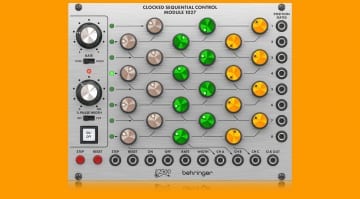

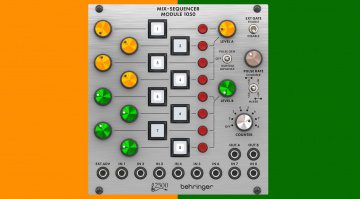
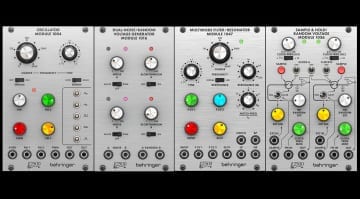
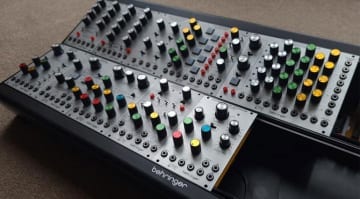
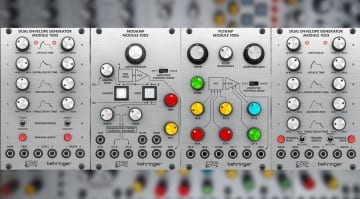

8 instead of 10? So Behringer missed the whole point of this device, imho. There are loads of competing 8step seq modules out there. 10 was freaking unique by ARP. I see absolutely no point in releasing another 8 step seq. All my hopes of recreating an affordable but authentic 2500 with Berhinger modules is gone by now. 8 steps? For real? Are there only mainstream techno kids out there? No serious film scor composer wants 8 steps!!! Shame on you, Behringer!
Cause 10 steps makes sense in a musical context? That’s wack.
I can understand why someone who collects such things would want an original ARP 2500 or whatever but I can’t quite grasp why anyone, apart from a nostalgia freak, would want a clone of a 1970s synth module, even if the designs have been tweaked to eliminate the temperature instabilities, etc. in the originals.
The world of electronics has moved on (very) significantly in fifty years. If someone produced a clone of a 1970s mobile phone the size of a house brick I can’t see many people rushing to trade in their iPhones for one.
For me personally an MI Marbles and a couple of Plaits (or even Behringer’s clone 🙂 would be far more preferable to a case-full of old tech. Still, I suppose you have to presume that Behringer know their market.
Obviously a millennial. Have you ever played a real vintage analog synth like a minimoog, arp 2600, Prophet 5, Obx-a? They sound better than modern gear. Discrete, through board electronics creates random fluctuations in parameters, sounds fatter, more organic, more musical.